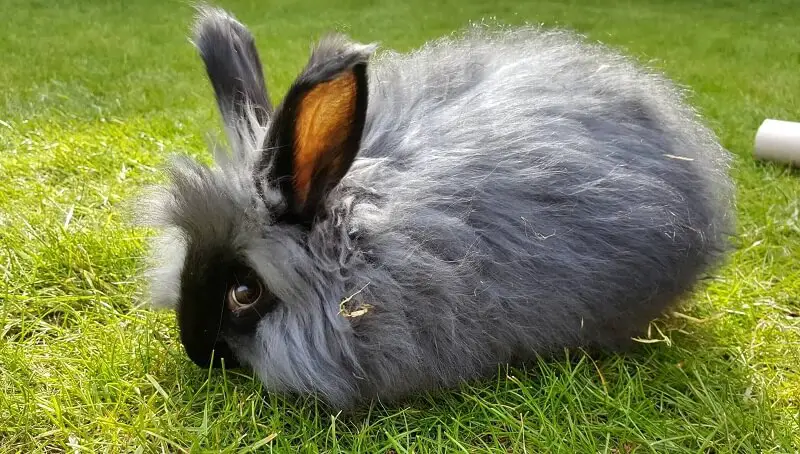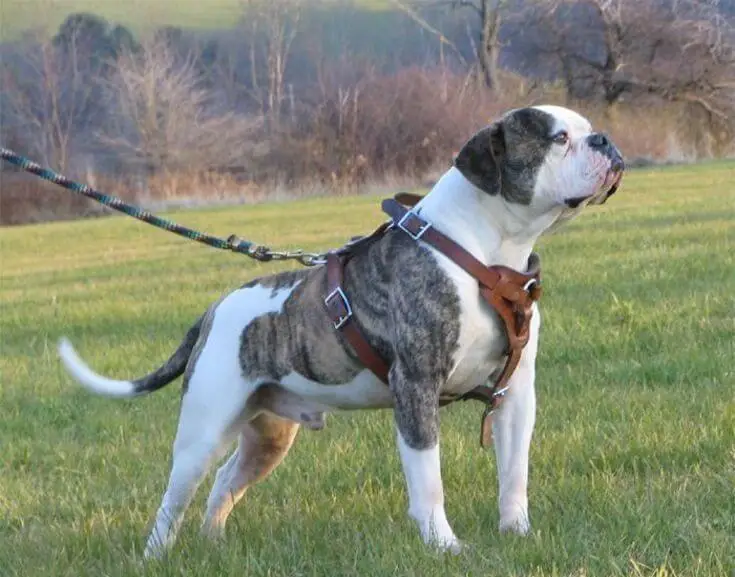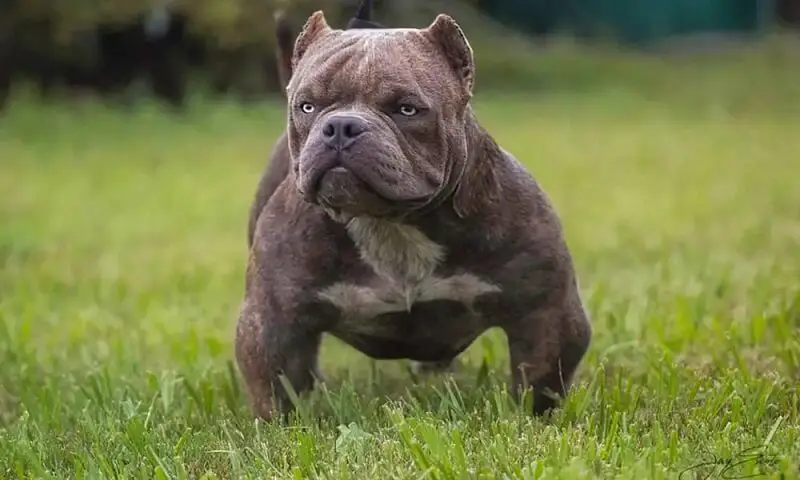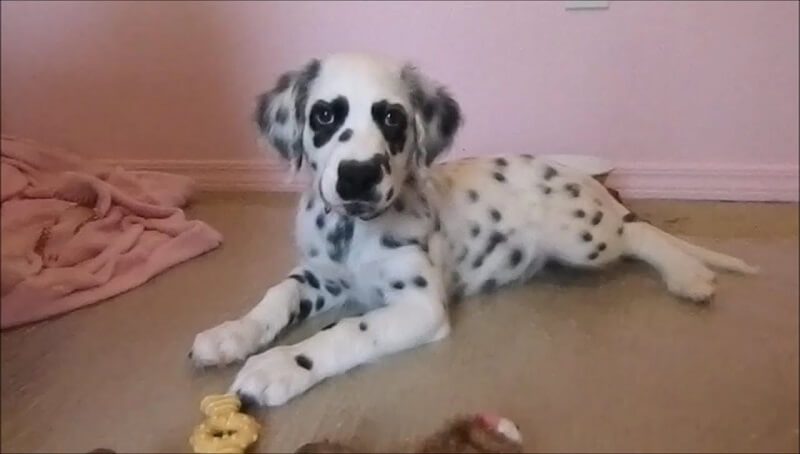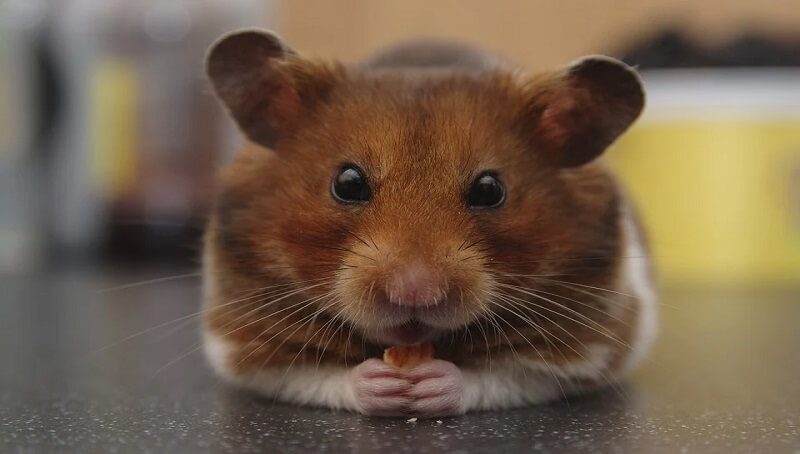The appearance of Angora rabbits is pleasant to the eyes. They look like fluffy clouds or toys. These animals are considered very cute pets. The breed consists of several varieties, which differ in appearance, size, and body weight. Miniature dwarf Angora rabbits weigh one or a half of a kilogram, while large representatives of the species easily reach 6 kilograms.
Origin of the species
For the first time, Angora rabbits, as representatives of the lower race, were bred in Turkey, which was then the Ottoman Empire. They came to Europe in the first 20 years of the 18th century together with sailors from France. This country has established political and economic contacts with the Turkish sultans. Along with a lot of fabrics, jewelry, carpets, and spices, the unusual sailors, the progenitors of the modern breed, arrived at the court of French kings.
The name of the breed comes from the distorted toponym Ankara, a city in Turkey. The same name was given to the breed of white cats, which stands out for its fluffiness and its light, bulky fur, the Turkish Angora.
Becoming popular, Angora rabbits quickly multiplied, but they also multiplied with other local, imported breeds. As a result of such long-term and old selection, various varieties were obtained, including the dwarf Angora rabbit, which became a favorite among representatives of the high society.
Now, animals of this breed are used both as pets and as productive animals, sources of fine-value fluff.
Description and characteristics of the Angora rabbit
The main color of the Angora rabbit breed is pure white. But the standard also includes other colors:
- Gray
- Beige
- Blue
- Black
Long-haired individuals look like fluffy balls with bright ears and red eyes, in white varieties. They have a compact rounded or oval body, and a long, light coat that reaches a length of 25 centimeters. The density of the layer is significant, up to 90-92%. The ears are short, and the eyes are wide.
The average weight reaches 2,5-4 kilograms, while representatives of large varieties can weigh 5-6 kg. The kits grow extremely fast, reaching 2 kilograms of weight by the age of seven months. With proper care and proper nutrition, its life expectancy reaches an average of 7 years.
Types of Angora rabbits
Over the decades of breeding, the following breeds have been obtained:
- Decorative dwarf Angora rabbit. Differences in miniature size, good, docile mood, friendly with humans and other pets.
- Satin Angora rabbit. It is large, up to 5 kg, which does not provide much fluff, but its quality is high. It is durable and very soft.
- The English Angora rabbit, which weighs up to 3 kilograms, does not have much fluff, mainly on the nose. Up to 450 grams of this is taken per year.
- The French Angora rabbit weighs up to 4,5 kg and it collects up to 550 grams of fluff in 12 months.
- The Giant Angora is a breed with an individual weighing of up to 6 kg, which is distinguished by the presence of hairs on the ears. The annual productivity of fluff is 1,2 kilograms.
- The German Angora rabbit breed is an animal that weighs up to 3,5 kilograms and its fur can be cut every two and a half months. It is the most productive, as it produces 1,5 kilograms of fluff annually.
Conditions of maintenance and care
The Angora rabbits are kept in cages, in spacious spaces in courtyards. They must be kept clean and tidy, because their light, fluffy coat gets easily tangled and is hard to comb. Grooming is necessary in any case, as tangled hair can become a source of skin irritation and parasites.
Animals are afraid of the wind and sudden changes in temperature and are sensitive to changes in humidity and too bright sunlight.
You might also like my articles about:
- How to clean rabbit poop off the grass
- Itching and scratching in rabbits
- Interesting facts about the Belgian hare
If you keep it inside it is necessary to ensure safety by hiding wires, documents, footwear, and everything they can chew. Angora rabbits do not have a gag reflex, so they can choke themselves. This is dangerous and can be lethal to the animal. The condition of the pet’s coat should be closely monitored.
When breeding for the fluff, these creatures are kept in cages alone. This is because they are territorial animals and will literally defend their space by fighting. It also makes it much easier to keep the value fluff in perfect condition.
What to feed your Angora rabbit
The purpose of breeding Angora rabbits is to obtain high-quality fluff. In this case, when feeding it, you need to be sure of the quality of food and its saturation with nutrients and vitamins. To do this, the food should be enriched with green grass and vegetables in the warm season, and in winter with hay. Do not give it herbs with thorny tips, such as feathered reed grass, which can get stuck its the esophagus or injure its mouth. Not even cabbage, as it causes fermentation of the intestines.
Food that is not eaten immediately should be taken away, as the decomposition of waste leads to illness. Also, rabbits should always have clean and fresh water.
The growth of the breed
Angora rabbits enter puberty late, so the female is allowed to mate only after the age of one. The duration of gestation and the number of young rabbits per year are standard, with up to 8 offspring. During pregnancy and subsequent feeding, the females should be provided with tranquility, a calm environment and should be protected from extremely high temperatures and humidity.
Diseases and methods of dealing with them
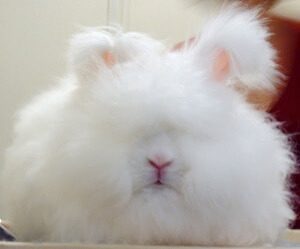 Rabbits of all breeds have increased requirements for nutrition and living conditions, but the Angora is more sensitive. Their health should be closely monitored, as they may become ill if hygiene rules are not followed, due to windy and humid areas.
Rabbits of all breeds have increased requirements for nutrition and living conditions, but the Angora is more sensitive. Their health should be closely monitored, as they may become ill if hygiene rules are not followed, due to windy and humid areas.
Angora rabbits can suffer from the following diseases:
- Colds – pneumonia, acute respiratory infections, caused by non-compliance with living conditions. Do not allow its coat to get wet, as it is dense and thick, and dries over a long period of time, leading to hypothermia.
- Diseases of the gastrointestinal tract are caused by outdated food, water, or an abundance of succulent foods that contribute to flatulence.
- Infections of various origins like conjunctivitis, rhinitis, dermatitis, etc. The causes of infections are due to staphylococci and other pathogens.
- Coccidiosis, fascioliasis, scabies, and other diseases are caused by parasites. There is no cure for fascioliasis in rabbits.
At the slightest sign of an unhealthy rabbit, it is necessary to take it to the veterinarian. These animals are very fragile and sensitive because their diseases develop rapidly.
Character: Angora rabbits are curious and sociable
It is said that these fluffy animals are extremely friendly. Due to their balanced nature, they are also suitable for children. Angora rabbits are also considered very curious and sociable.
Like any other bunny out there, Angora rabbits need enough movement and get bored quickly. So, they need to do regular exercise and will be happy if you give them a varied obstacle course.
Tips for choosing an Angora rabbit
When buying an animal, regardless of the purpose, for breeding, for fluff, or as a pet, first of all, you should pay attention to the appearance and behavior of the rabbit. They should have clear eyes, clean noses and ears, and no tangled, fat coats. The animal should be friendly, cheerful, and sufficiently active.
It is not desirable to buy a rabbit younger than 2-2,5 months, because just around this age it becomes independent of its mother and can feed itself.
It is dangerous to buy animals from unknown sellers. Better to focus on experienced breeders, and reputable users on professional forums. Growing Angora rabbits requires having documents confirming the purity of the breed. Following these rules, you can get an adorable friend at home, cheerful, playful, with a good character, who will live 6-8 years, delighting its owners.
Interesting facts
At the beginning of the 21st century, China became the leader in the industrial breeding of Angora rabbits. It grows the largest number of Angora rabbits in the world to obtain valuable wool fabric. In Europe, rabbits of this breed are popular too, though not on the same scale as in the Middle Kingdom. They are raised in Hungary, Poland, the Czech Republic, and France. Here, most of them are dwarf Angora rabbits, funny and beautiful, favorites of the whole family.
Final words
Angora rabbits conquer you through their fluffy fur and cute appearance, but caring for them requires some effort. Buy or adopt such a rabbit only if you have enough time for its daily care.
